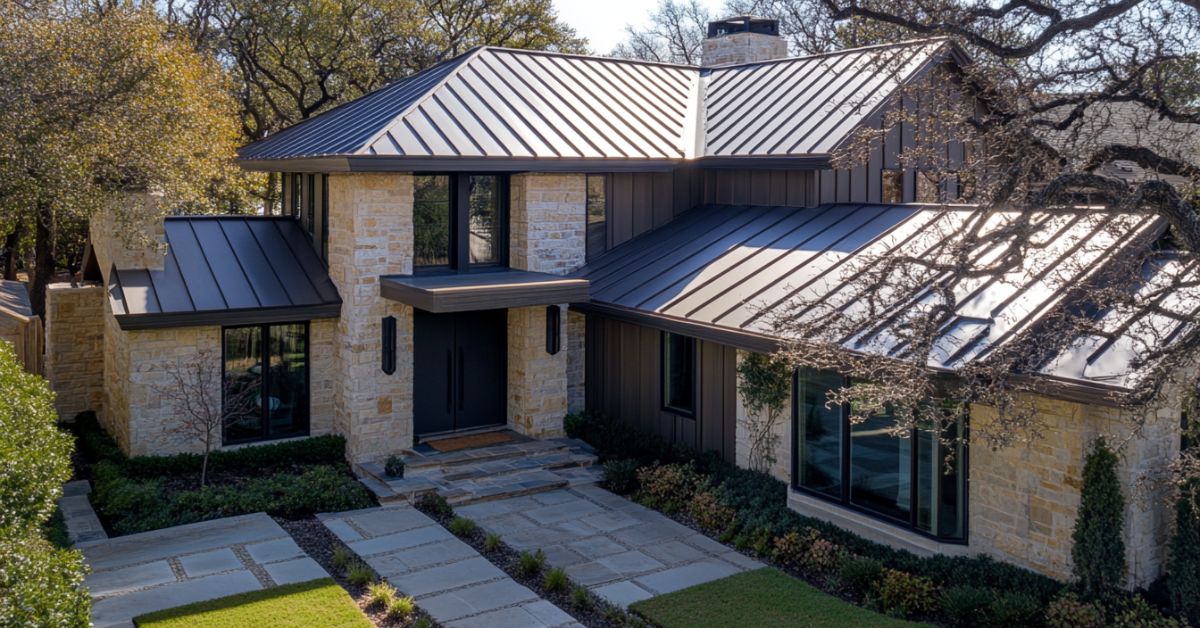
February 11, 2025
Post-Installation Care: Maintaining Your Investment
A new roof is one of the most valuable investments you can make for your home. To ensure it lasts for decades, proper maintenance is essential. After a roof replacement, following a few key maintenance steps will help protect your home, prevent costly repairs, and maximize the lifespan of your roofing system.
1. Schedule Annual Roof Inspections
Regular inspections by a professional roofer can catch minor issues before they turn into costly problems. A thorough inspection includes checking for:
- Loose or missing shingles
- Cracks or damage in flashing
- Proper ventilation and insulation
- Signs of water damage or leaks
Annual inspections help maintain the integrity of your roof and ensure that small repairs are addressed promptly.
2. Clean Gutters Regularly
Clogged gutters can lead to water pooling on your roof, increasing the risk of leaks, mold, and structural damage. To prevent these issues:
- Clear out leaves, twigs, and debris at least twice a year (spring and fall).
- Check for sagging gutters or loose attachments.
- Ensure that downspouts direct water away from your home’s foundation.
Proper gutter maintenance keeps water flowing freely and protects both your roof and home exterior.
3. Address Minor Issues Promptly
Even a small issue, like a loose shingle, can lead to more significant damage if left unattended. Keep an eye out for:
- Curled or lifted shingles
- Small leaks or water stains on ceilings
- Debris buildup on the roof
- Cracks in caulking or sealant
Fixing minor problems early prevents them from escalating into major repairs or premature roof replacement.
4. Watch for Signs of Wear, Especially After Storms
Severe weather, including heavy rain, hail, and high winds, can take a toll on your roof. After a storm:
- Inspect your roof from the ground for visible damage.
- Check your attic for leaks or moisture buildup.
- Schedule a professional inspection if you notice missing shingles, dents, or damage to flashing.
Being proactive after storms helps ensure your roof remains in top condition and minimizes unexpected expenses.
5. Maintain Proper Ventilation and Insulation
Good ventilation and insulation keep your roof in optimal condition by reducing heat buildup and moisture accumulation. Ensure that:
- Attic vents are clear and functioning properly.
- Insulation is sufficient to prevent heat loss and condensation.
- There are no blockages that restrict airflow.
Proper ventilation extends the life of your roofing materials and improves overall energy efficiency.
6. Keep Trees Trimmed
Overhanging branches can pose a threat to your roof by:
- Scraping against shingles and causing premature wear
- Dropping leaves and debris that can clog gutters
- Breaking off during storms and damaging the roof
Trimming trees near your home reduces these risks and helps maintain your roof’s longevity.
Final Thoughts
Caring for your new roof is essential to protecting your investment. By scheduling inspections, maintaining gutters, addressing minor repairs, and being mindful of storm damage, you can extend the life of your roof and avoid unnecessary expenses.
At Family First Exteriors, we’re here to help you keep your roof in top shape. If you need an inspection, repairs, or maintenance advice, contact us today to ensure your roof stays strong for years to come.
